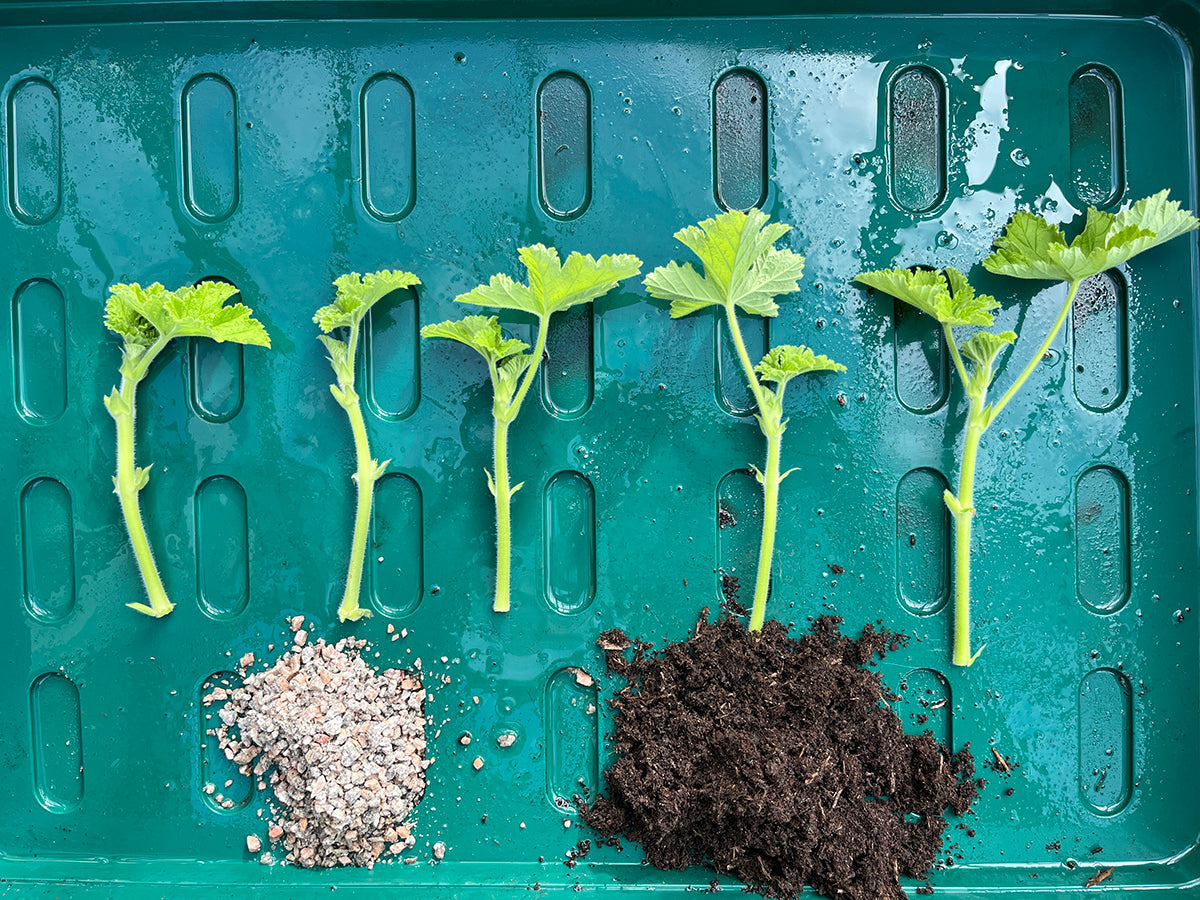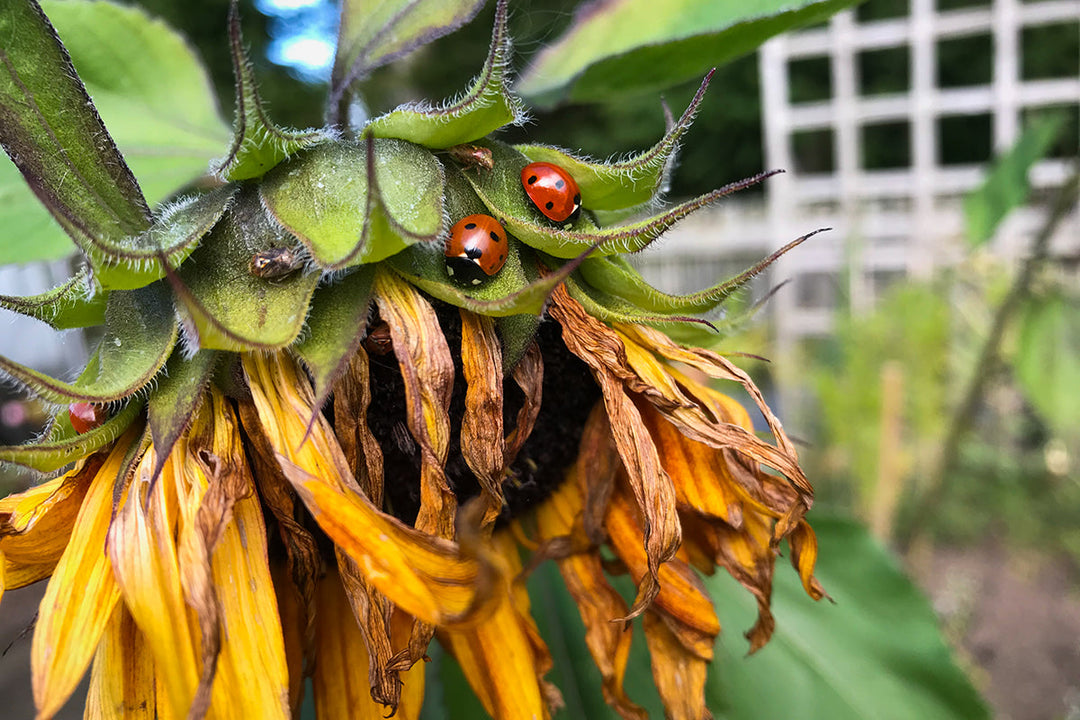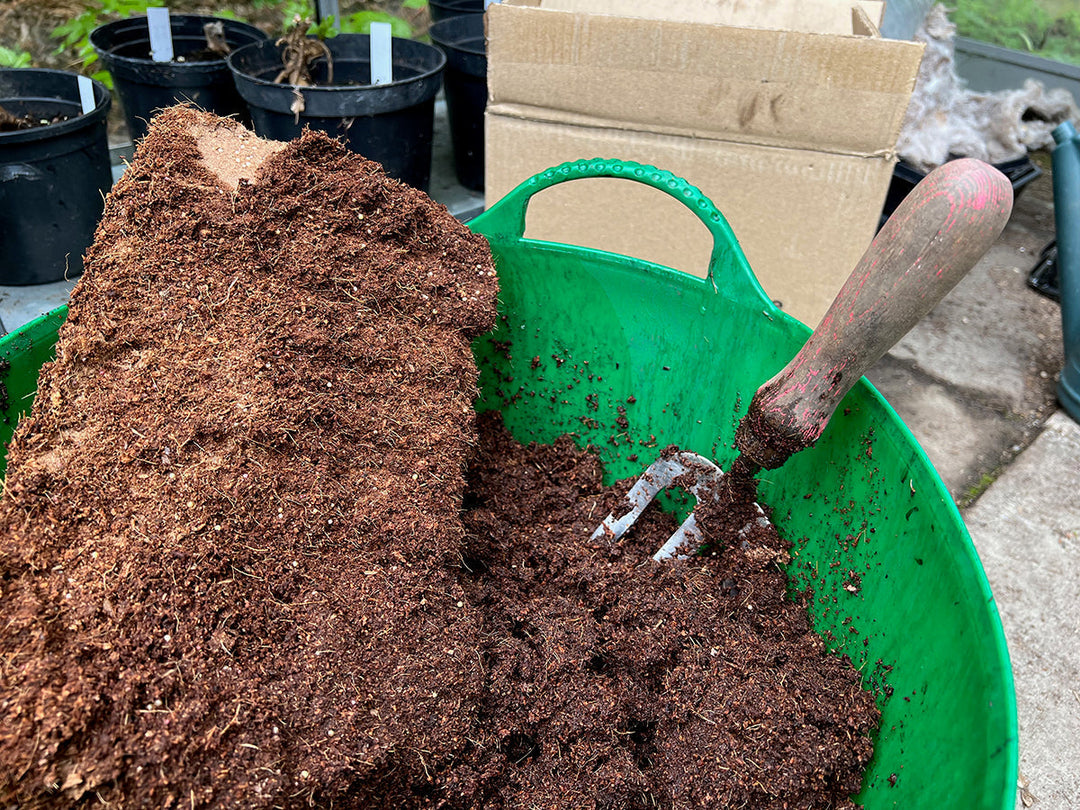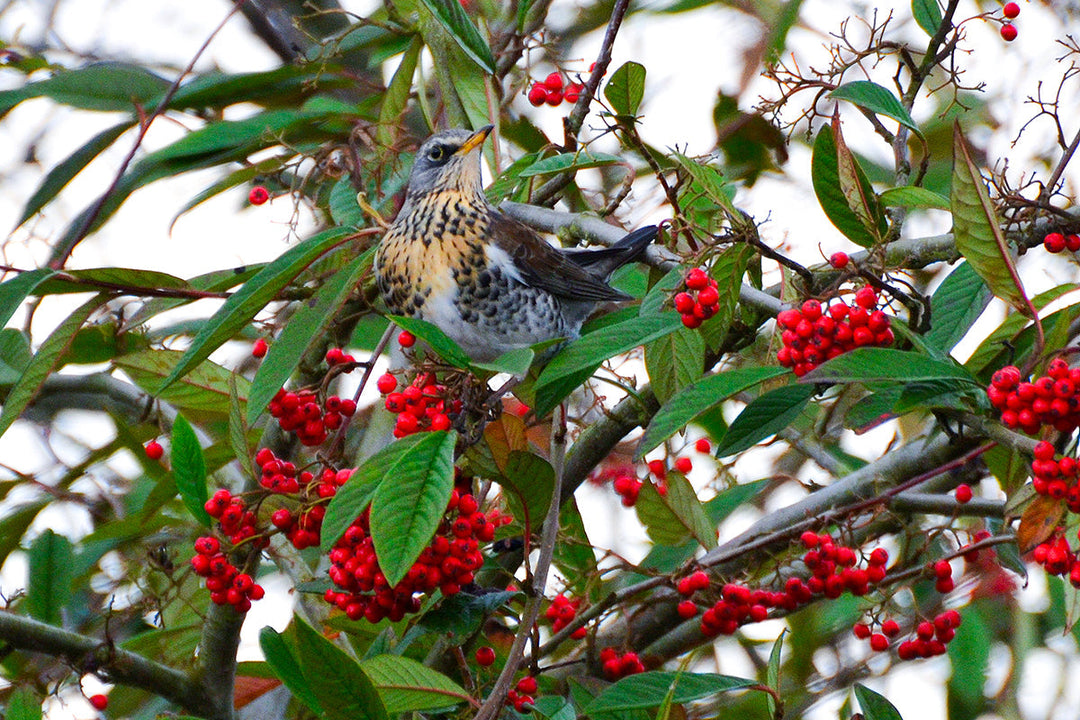Fascinating fasciation
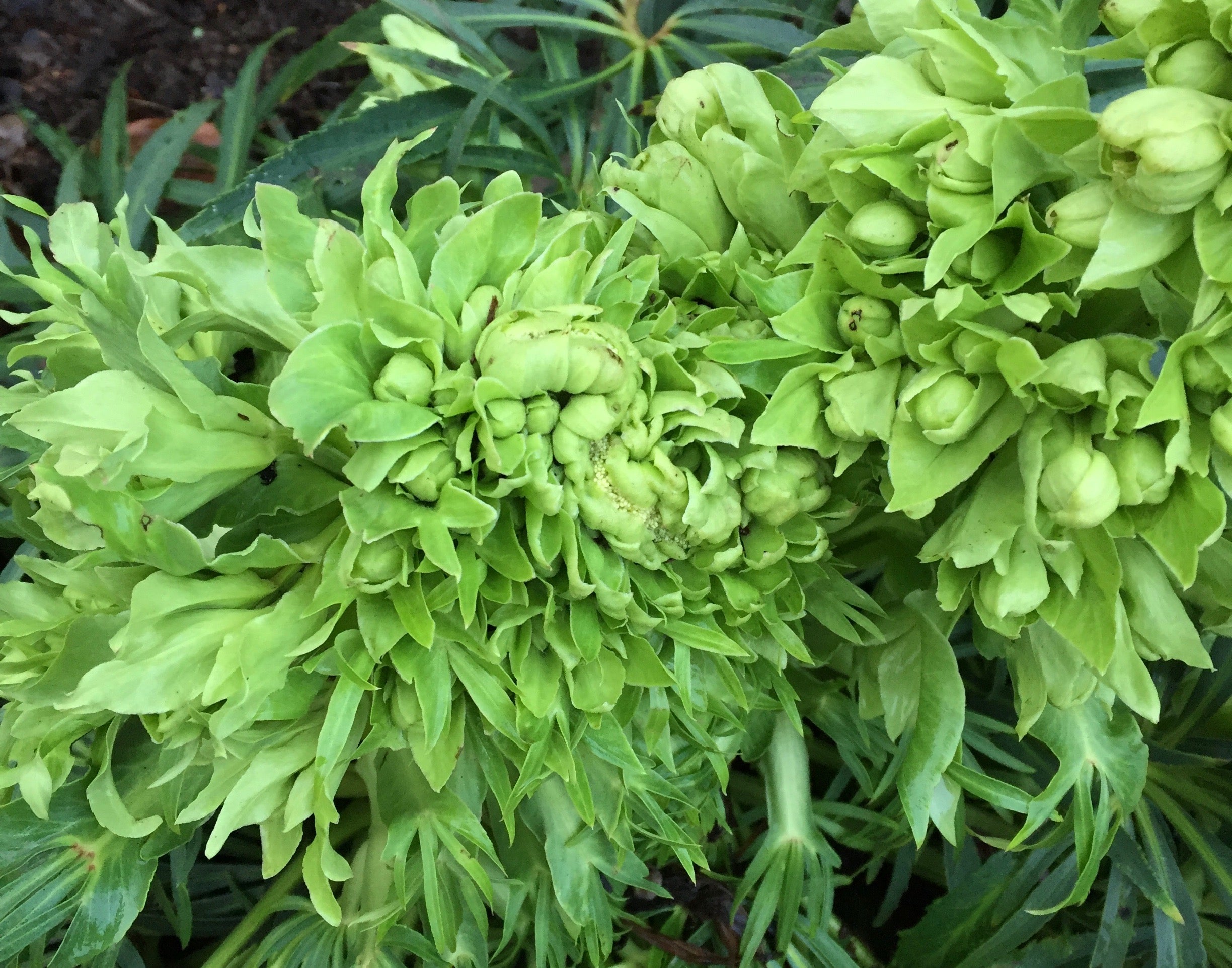
Our lovely woodland garden at Genus HQ is planted with a range of spring flowering bulbs, shrubs, and perennials. Each year one of the Helleborus foetidus plants puts out curious flowering stems that exhibit fasciation: a flattening of stems and broadening and elongation of the flowers.
It can be caused by a number of factors including, bactrial infection, genetic mutation, or simple damage to the growing tip. This flattening effect is commonly seen on forsythia stems, in dandelion flowers, or on tall echiums often seen on the south coast. Occasionally plant breeders take advantage of the effect and it is reproduced intentionally to give us ‘crested’ flowers such as celosia, ferns with the name ‘monstrosa’ or ‘cristata’ , and various unusual cacti.
Next time you’re wandering through a meadow look out for fasciated daisy and dandelion flowers, or while pruning look out for the flattened and sometimes fanned shoots of shrubs; many can surprise you with fasciation's unusual features.






